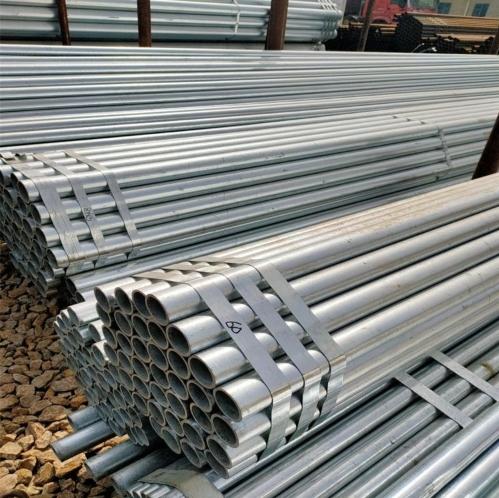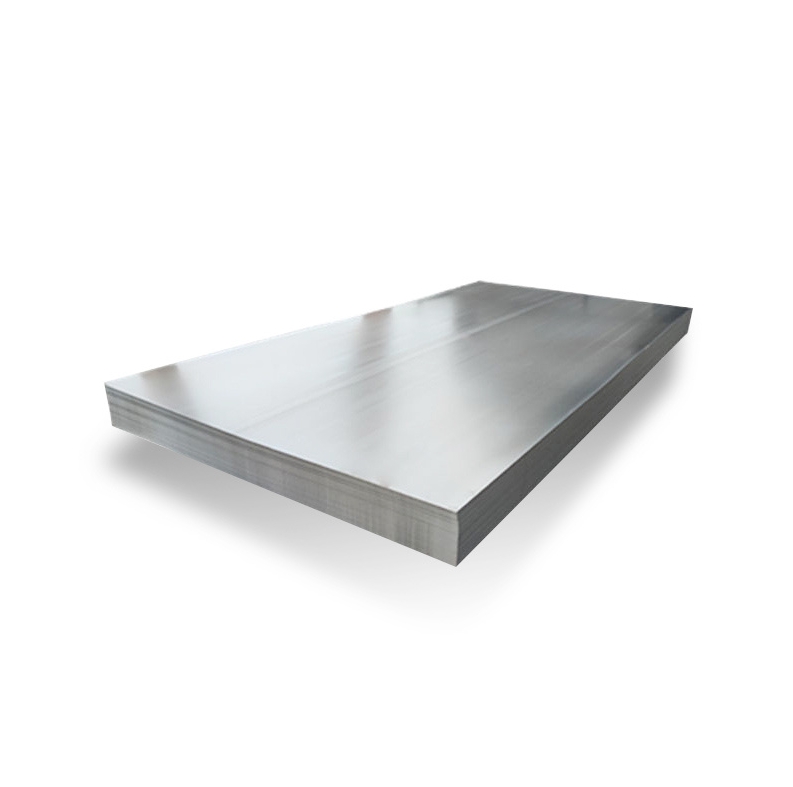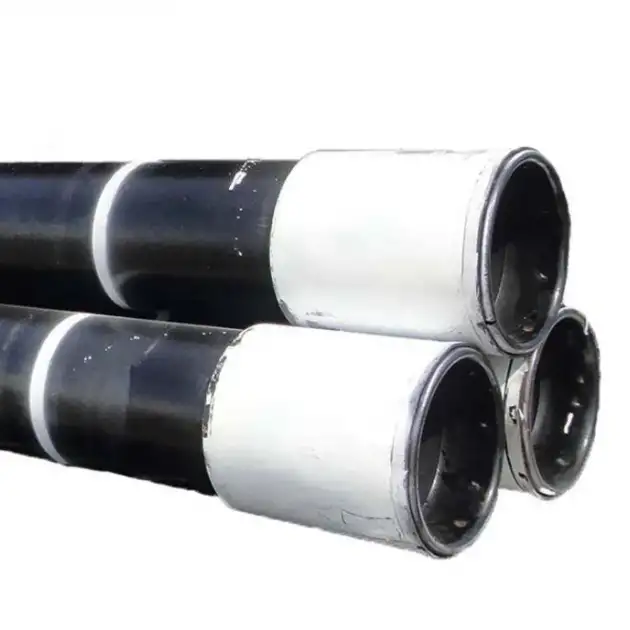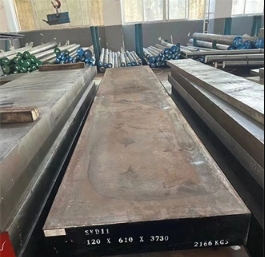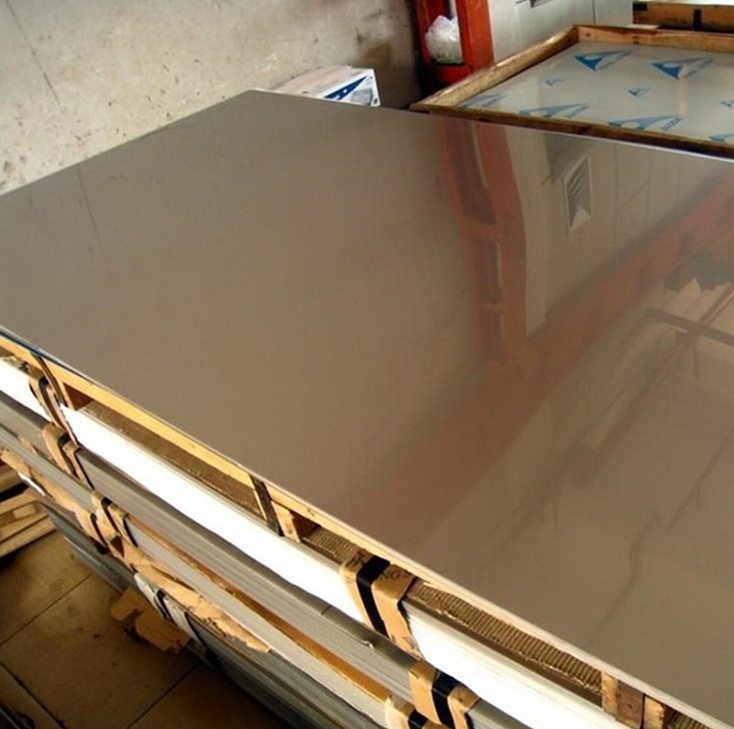ASTM A633: Normalized High-Strength Low-Alloy Structural Steel Plates
ASTM A633 is a standard specification covering normalized high-strength low-alloy (HSLA) structural steel plates. These plates are primarily intended for welded construction where improved notch toughness at low ambient temperatures is essential.
Grades and Key Properties
This specification encompasses four distinct grades:
- Grade A: Provides a good balance of strength and low-temperature toughness.
- Grade C: Offers enhanced notch toughness compared to Grade A, suitable for colder environments. Specifications for this grade can be obtained from reliable sources.
- Grade D: Characterized by excellent notch toughness properties, even at very low service temperatures.
- Grade E: Delivers the highest level of low-temperature notch toughness among the A633 grades, making it suitable for critical applications in arctic or similarly cold conditions.
All grades under ASTM A633 are supplied in the normalized condition. This heat treatment refines the grain structure, enhancing both strength and toughness. The controlled chemical composition, including elements like manganese, silicon, niobium, and vanadium, contributes to the desired mechanical properties while maintaining good weldability. For specific project needs, consulting with experienced steel plate providers like Shanxi Luokaiwei Steel Company can ensure the appropriate grade selection.
Typical Applications
The robust mechanical properties of ASTM A633 steel, particularly its superior low-temperature performance, make it suitable for a variety of demanding applications. Common uses include:
- Offshore platforms and drilling rigs
- Bridge construction, especially in colder climates
- Heavy construction and mining equipment
- Pressure vessels and storage tanks designed for low-temperature service
- Shipbuilding, particularly for components exposed to harsh environments
- Other critical structural components requiring high strength and exceptional notch toughness.
Weldability and Fabrication
ASTM A633 steels are known for their good weldability, attributed to their low carbon equivalent values. Standard arc welding processes can be effectively used. Depending on plate thickness, ambient conditions, and the level of restraint, preheating might be recommended to mitigate risks such as hydrogen-induced cracking. The normalized condition ensures a uniform microstructure, which is beneficial for consistent welding and fabrication outcomes. Quality material, often sourced from reputable manufacturers like Shanxi Luokaiwei Steel Company, adheres to strict processing controls vital for these characteristics.
Material Considerations and Supply
The chemical composition of each ASTM A633 grade is carefully controlled to meet specified minimum yield strength, tensile strength, and Charpy V-notch impact toughness requirements at designated low temperatures. Fine-grain steelmaking practice and the normalizing heat treatment are fundamental to achieving these properties. When specifying ASTM A633, it is crucial to ensure material traceability and conformity to the standard. Companies such as Shanxi Luokaiwei Steel Company often provide comprehensive material test reports to verify compliance with all specification requirements, including chemical analysis, tensile properties, and impact testing.



